Justin Duance, more than gold
Somewhere on the remotest tip of Cornwall, where the rugged Cornish cliffs meet the Celtic Sea, lives a craftsman who knows how to remodel materials, precious or ordinary, to a higher level of significance and value. His name is Justin Duance and he is a jeweller in Penzance, UK.
Born in Cornwall, Justin lived all over the world until he was 8 when his family finally settled in Hampshire. As he recalls with much modesty and self-irony, he wasn’t particularly attracted to the methods of the traditional educational system: “I didn’t get on well with school. Not being naughty, but always wanting to do things differently and not in the way we were taught. At the time I was told, and felt like, I was good at art. I now realise that I was probably average, but it was the only subject I showed any flair for”. Later, as a young student, Justin continued to live a bohemian life as a musician and surfer, but without a clearly defined direction.
His life changed irreversibly during his studies at Portsmouth University, where he had a revelatory experience: in the university’s metal workshop, he discovered Jewellery. He discovered the jeweller’s bench and tools, he found out that the jeweller was essentially a sculptor and that jewels could be made of any kind of material. This was the spark that awakened all his dormant – or, let’s say, disparate – artistic effusions. Jewellery was the Wave he had been waiting for. It was his Call.
Flourishing as a Jeweller, Justin progressively developed his distinctive approach, hallmark and ethics. Sand-filled moulds give asperity and texture to the metal, just like wind and water sculpt the Cornish shores. Wood from sunken boats, defunct furniture or from your own orchard finds a second life in his workshop, inlaid in silver, gold, platinum or palladium. Ethically-sourced and recycled metals are cast into unique pieces of jewellery.
But, all in all, the true beauty of his creations resides in more than the uniqueness of their shape: they carry intimate stories, they encapsulate a part of their bearer’ soul, past and future. And this is more precious than all the gold in the world.
Here is Justin Duance’s story.
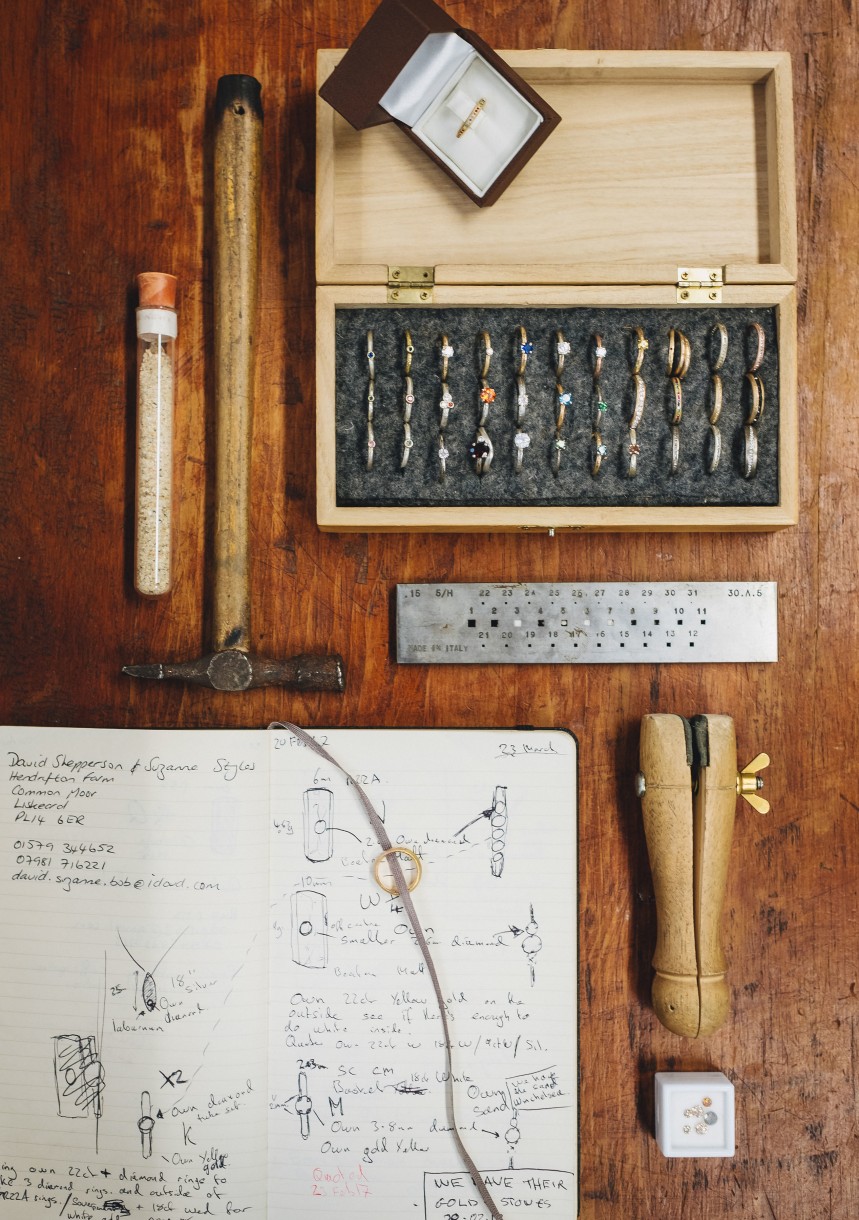
BECOMING A JEWELLER
How did your passion for jewellery start? Was it a childhood dream or a family heritage?
As a teenager, I had no idea what I wanted to do. I was being creative and always making things, but never feeling any sort of inspiration. The only education option open to me was a foundation in art, a one-year course that people tend to do before continuing to do a degree in the arts. I scraped through the interview to get a place at Portsmouth University. Here I continued to float around producing work of no real consequence, not really learning anything and not impressing anyone. Of course, I thought all was well, I made lots of things, wrote songs, did gigs and was generally alternative – just not in the way the teachers wanted to see.
This is where I was very lucky. Two things happened to me. One of the machine rooms at Portsmouth University had a small metals workshop and Jewellery benches. I then found a book on contemporary Jewellery in the library. I had no idea that Jewellery was simply small sculpture that has a function. Jewellery doesn’t have to be made from gold and gems. It could be concrete or plastic. This realization meant that from then on, I did all the projects I was set as Jewellery and it all made sense. I then applied to the Sir John Cass Foundation in London to do a Jewellery degree. I was accepted based on my portfolio to start in 1997 on a three-year course.

After your studies in London, what triggered your decision to go back to Cornwall and establish your own business – besides the fact that London is certainly one of the most expensive places in the universe?
As at School I shunned what we were taught at university about being a designer maker. I wanted to do it in a different way. After graduation in 2000, I started off trying to get a job. After a month or so with no luck I decided to take some of my work into a couple of shops – and they bought my work. I decided then not to get a job and to start my own business instead. This also meant not really going to any of the London galleries with my work at first, although I did in the end. I borrowed £1000 from my dad and worked in my bedroom. I soon had over 20 stockists which I got just by going into shops and galleries or sending off brochures. It was also the beginning of shopping through the internet, so I built myself a website. This turned out to be a good move as it was quite unusual to have a website selling your own work at this time. I never needed to get a part time job, although I was very poor!
After a year of this in London, the lease on my shared house was up so we needed to move. I had a few outlets in Cornwall and my dad lived in Penzance. Studios and old fishing buildings were very cheap, so I decided to make the move - I had always wanted to come home to Cornwall.
I now have 10 people who work for me which I gradually picked up over the years. They have all contributed to designs and the way the business is run. I wouldn’t be where I am now without them.

ART, ARTISANSHIP AND JEWELLERY
Are you a “jeweller”, a “smith”, a “silversmith” or a “goldsmith”?
I call myself a jeweller rather than a silversmith or goldsmith. I would say that I make Jewellery and it can be made from anything from acrylic to beach pebbles. That isn’t to say that some of my skills aren’t the same as those of a silversmith or a goldsmith. There are so many different skills and techniques in the Jewellery industry (the trade) that I could never learn them all. Mind you, sometimes I feel like my job is being a manager or someone who works in HR. I suppose that’s part of running a small business.
Do you consider yourself an artist? If so, what is your creative mission?
I don’t consider myself an artist. Because my pieces are made to be worn, there is always a thought for how they will wear and if people will buy them. My mission was always to create interesting contemporary jewellery at an affordable price. I don’t think it just needs to be available to the rich or held on a pedestal in a gallery – Jewellery is often well loved and valuable to its owner even if it came from a cheap market stall on holiday. I want to create treasures that are treasured by their owners because the pieces mean something personal to them.
Whilst this inspires me to make pieces of jewellery, it is the way objects are made that is intrinsic to my conceptions. The contrast in the way two different materials come together as they do in nature, or the structure underlying natural objects that creates a whole form is what I find beautiful. Using these natural materials also gives an object meaning that is deeper than its form.
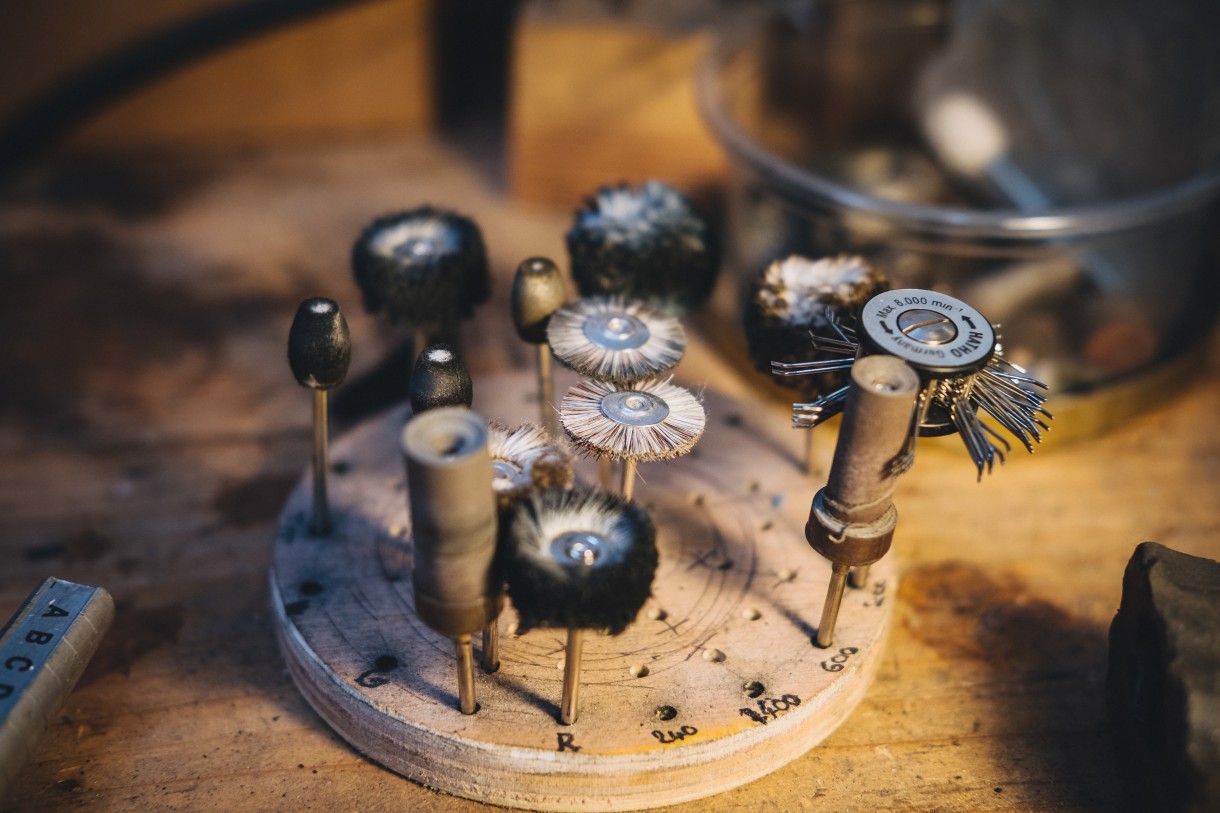
Now, almost 17 years after, do you feel that you have achieved that initial mission?
I do feel that I have achieved my goals although now it has gone a little too well, so I don’t get to create as often as I used to.
Could you tell me about your sources of inspiration? Which is your favourite spot in the the world?
Favourite place…In the sea with an offshore breeze and a perfect swell running.
How did you develop the idea of using special materials: wood from wreck ships, old furniture or even from the client's own orchard, as well as recycled metals?
The jewellery meaning something to its wearer is important to me, so I like using materials from special places like the wood from an old ship or sand gathered from a special beach. These materials aren’t just in or part of the jewellery – they contribute to how it looks.

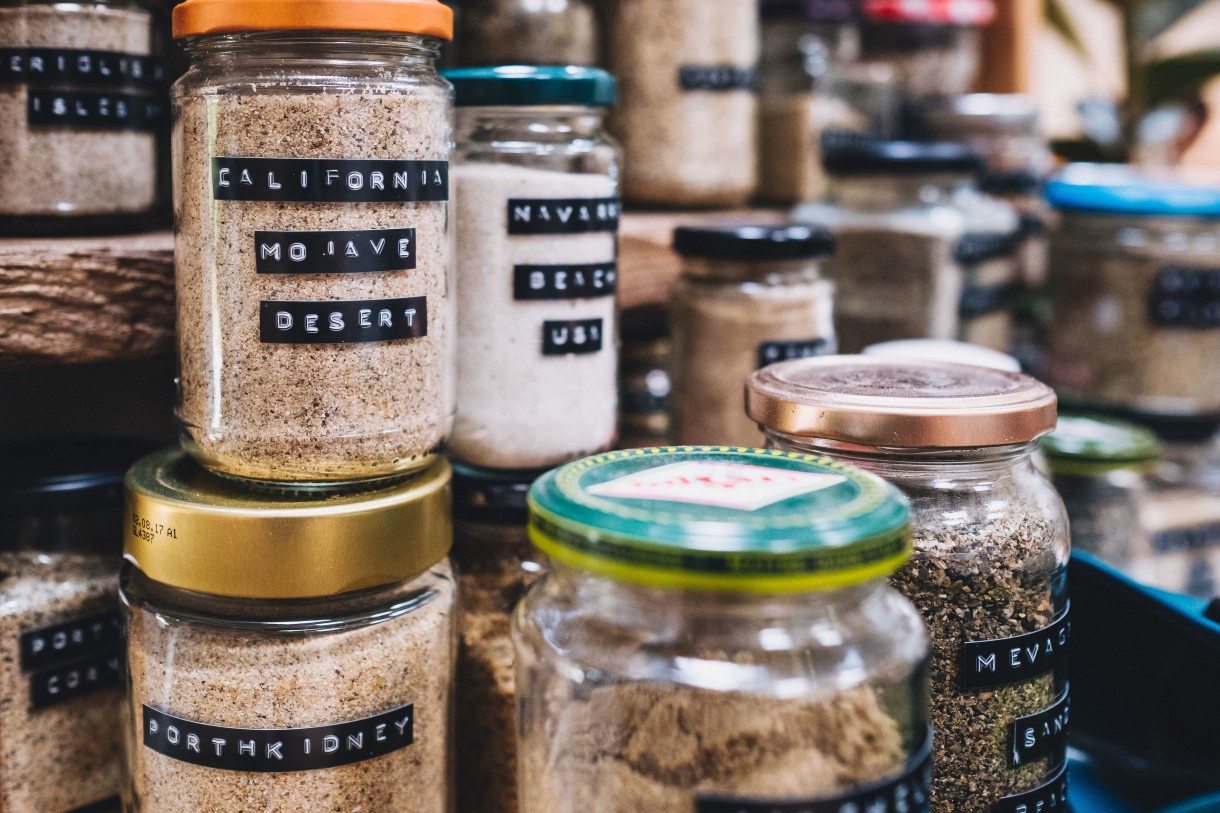
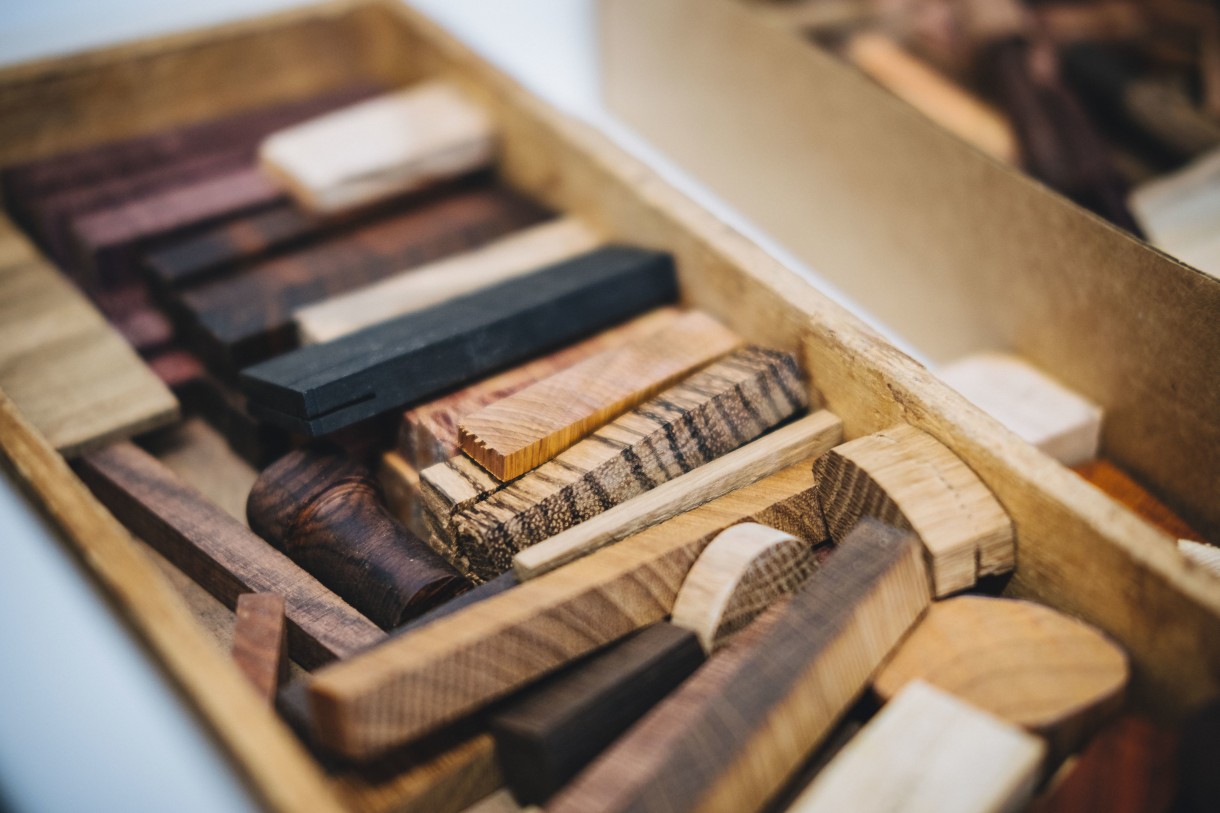
ABOUT THE MARKET
The jewellery market is particularly tough. On one hand, there is a plethora of small jewellers which all strive to do something different; on the other hand, the large corporations seduce people with their large spending and communication budgets. How do you feel about competition?
There are lots of amazing makers out there. It is a shame big companies and brands feel the need to copy small designers rather than employ them or buy their designs. I guess we just need to be a step ahead all the time.
Another point that I have come to realise over the years is that when new makers learn to do a technique, skill or design you have created, they don’t realise it is copying, they just see it as a new skill.
What does it take to have attain success as independent jeweller? Which are the key success factors on your market? Do you consider yourself successful?
Success is what ever you want it to be. I think I have made a success of it. I am very aware that it could all go wrong at any time and I am very grateful that people still like my work and that I have such an amazing team of people working for me.
Most of the independent creators I have interviewed until now feel repulsion for words “branding” and “marketing”. However, it’s a reality of the system we live in and we can’t really do without… What is your opinion about branding?
I loved branding in the beginning. It was just another way of being creative. Now it also comes out of wanting people to receive something lovely. It all adds to how a person feels about the piece when they receive it.
Which are your main markets?
Mostly the UK, but I think I have around 10% in Europe and 5% in the rest of the world. In the office we have a map of the world covering one wall, with pins in locations for sales there. We are sadly lacking a Russian pin!

ABOUT INDEPENDENCE
The ups and downs of being an independent creator: which is the nicest part? How about the toughest one?
The same answer for both up and down... I like being able to do all parts of running a business from the marketing and designing aspects to book keeping, but sometimes having to do all parts of the business was also the worst bit!
How important is independence for you? If a big corporation would offer to buy your business or a high-level position, would you go for it?
I don’t think so. I would rather make the business run itself if I couldn’t do it anymore. The people who work for me are very important to me. We are a team and keeping them safe with good jobs has become one of the priorities and aims in what I do.
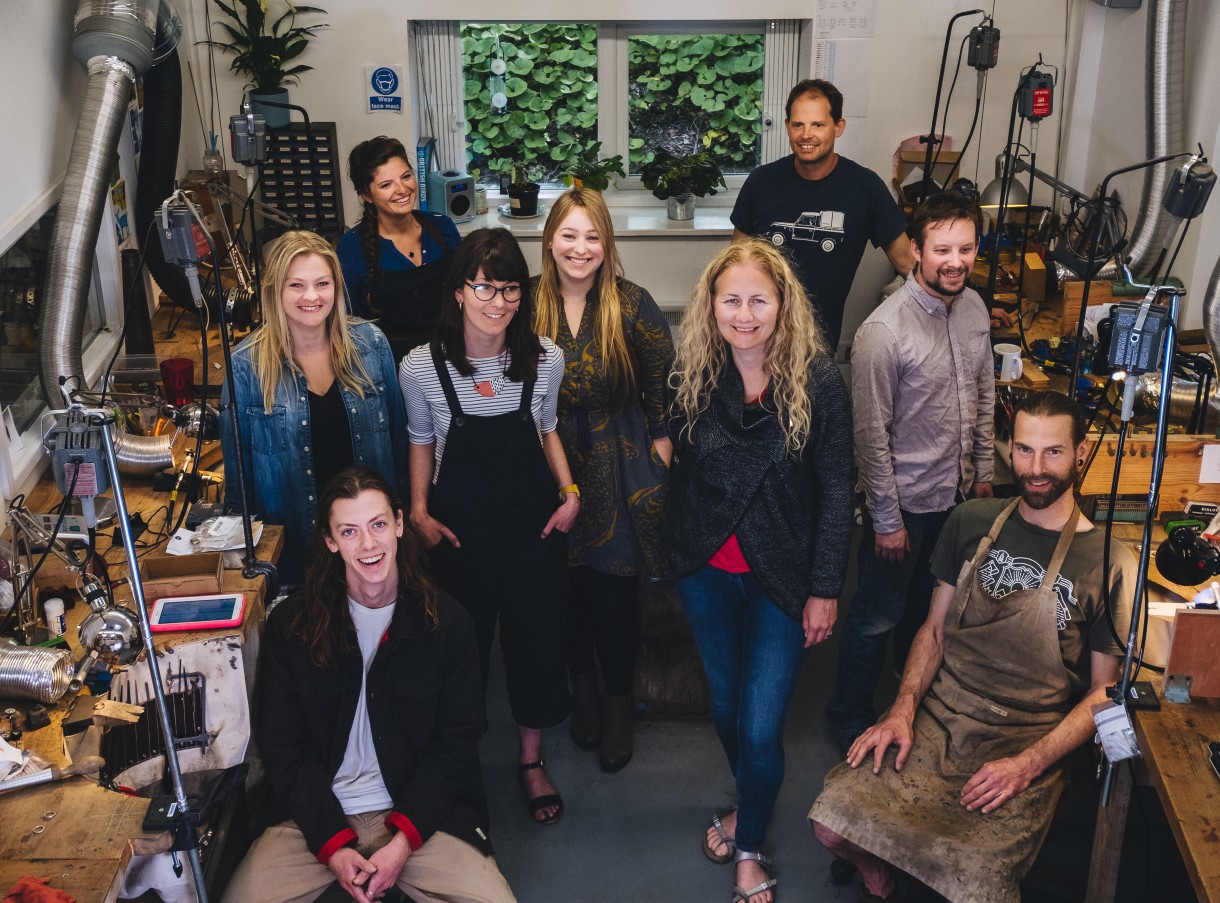
What does it take to be a maker in terms of skills, mind-set, personality? Any advice for young makers and creators?
Be confident. Don’t be afraid to get out there with your work. If you have the confidence, then make sure your pricing is right. Not pricing as in will people buy it but will I have enough to live off!
... AND ONE MORE QUESTION
How would you describe the essence of your work in just one word? What does Justin Duance Jewellery stand for?
PERSONAL.
External links:
Justin Duance official website
Justin Duance Workshop Address: Trengwainton Pump House, Tremethick Cross, Penzance, Cornwall, UK;
Interview originally realized in English by Faurar.
Image courtesy of Justin Duance.
© Faurar